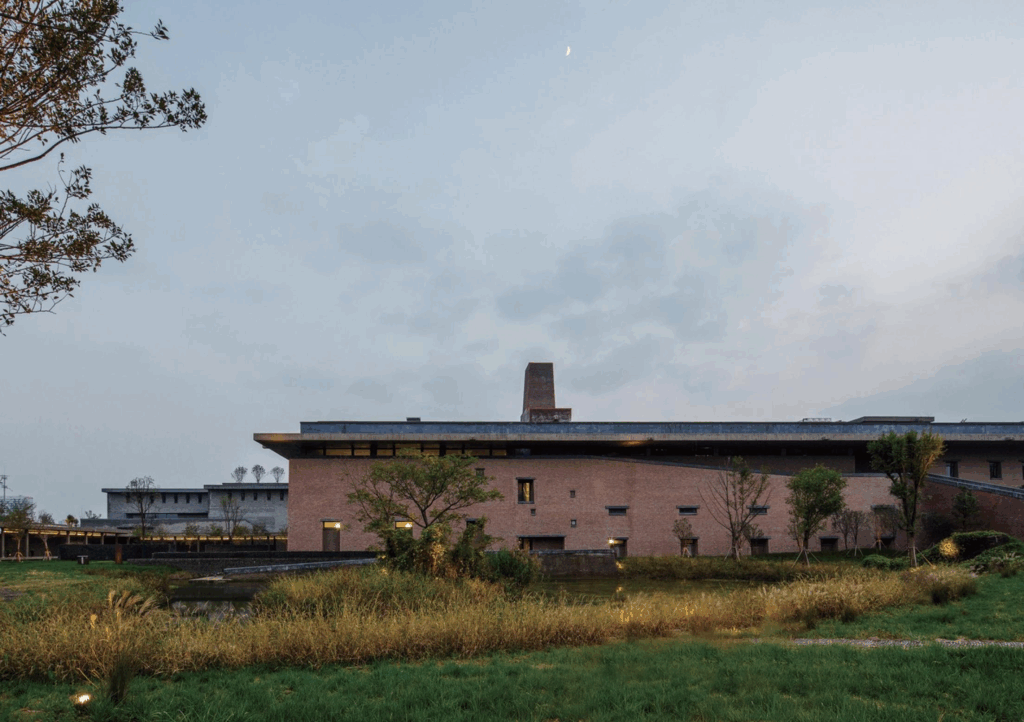As the 2025 Academy Awards approach, the spotlight is once again on the art of filmmaking, a fusion of storytelling, visual composition, and immersive world-building. Among the many crafts that shape a film’s identity, set design plays a pivotal role in defining cinematic spaces’ realism and aesthetic coherence. The relationship between film and architecture is more than just a visual spectacle; it studies how space, light, and structure influence perception and emotion.

Frame from Blade Runner 2049 (2017)
Some of the most compelling cinematic environments blur the boundary between real and constructed spaces. Films like Blade Runner 2049 (2017) and The Grand Budapest Hotel (2014) transport audiences into designed worlds where architecture actively participates in the narrative. Whether through digital augmentation or practical set-building, these spaces evoke a tangible realism beyond the screen.
Production designers often collaborate with architects to create believable and expressive environments. Scale, proportion, and materiality determine whether a film’s setting feels grounded or detached in a surreal aesthetic. Set design’s immersive power lies in its ability to convince viewers that these spaces exist, even when they do not.

Frame from The Grand Budapest Hotel (2014)
Directors known for their architectural sensibility, such as Christopher Nolan, Denis Villeneuve, and Wes Anderson, treat space as an essential storytelling element. Inception (2010) manipulates spatial logic to challenge perception, while Dune (2021) constructs vast, monumental environments that emphasize the film’s themes of power and isolation. This architectural precision extends to lighting, materials, and circulation within scenes, reinforcing the realism and emotional weight of the setting.

Frame from Dune (2021)
Minimalism in architecture finds a natural counterpart in contemporary film design. The elegance of spaces in films like Her (2013) and Ex Machina (2014) mirrors the principles of clean lines, open spaces, and integration with nature- qualities that also define modern architectural trends. These films’ interplay of glass, light, and structure echoes the design philosophy of minimal window systems, where transparency and subtle framing enhance spatial fluidity.

Frame from Her (2013)
Architects and designers continue to influence cinematic spaces, and the relationship between film and architecture grows stronger. Cinema remains a powerful medium for exploring the built environment through historical accuracy, avant-garde experimentation, or minimalist refinement. As the 2025 Oscars honor the best in filmmaking, they also celebrate the architects of imaginary worlds who construct spaces that captivate, inspire, and endure beyond the screen.
